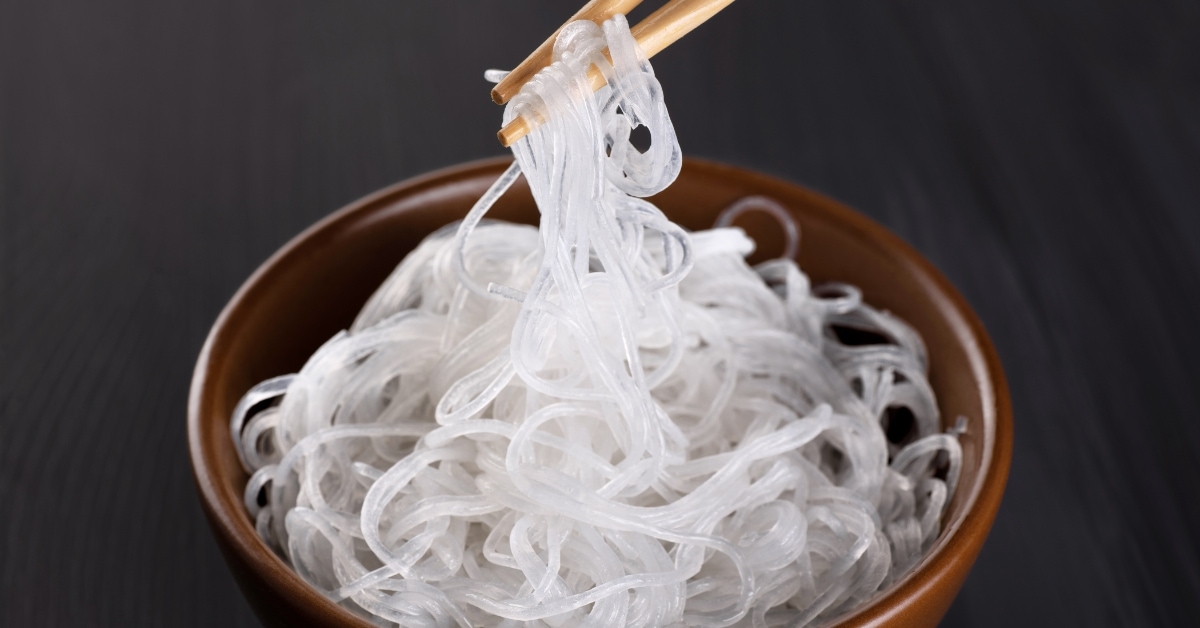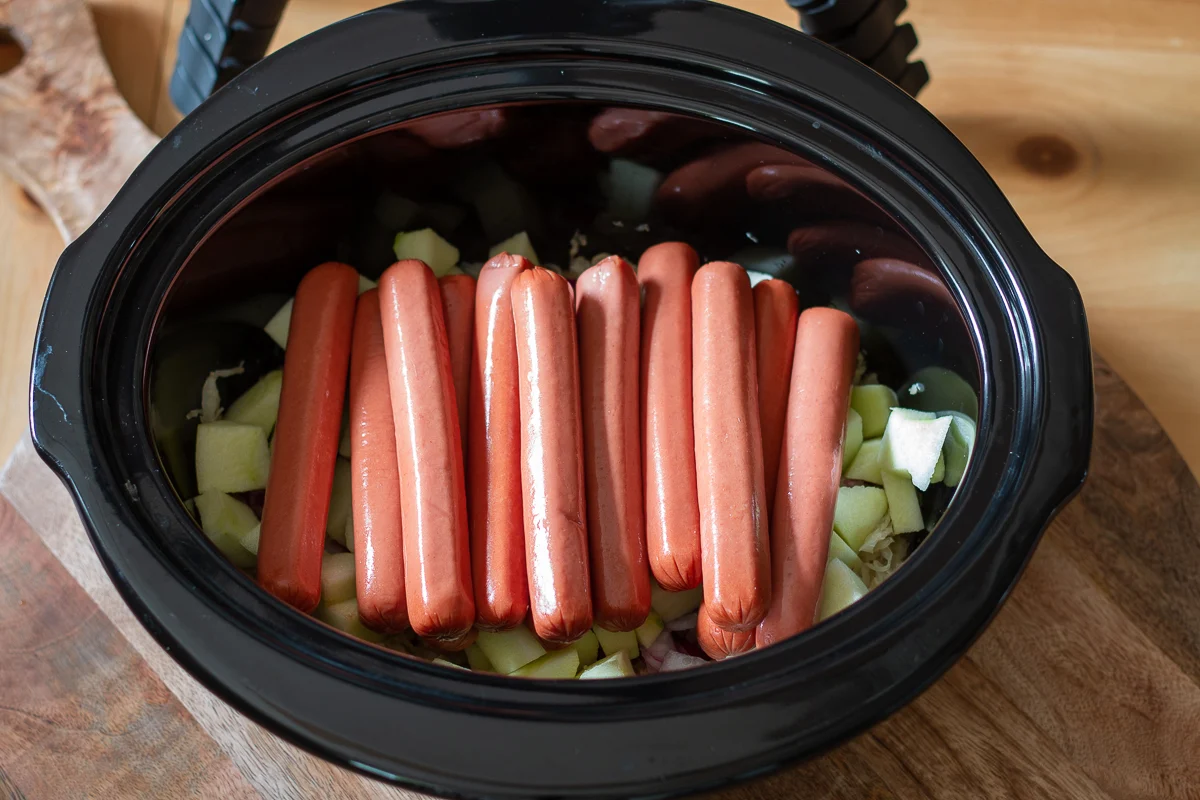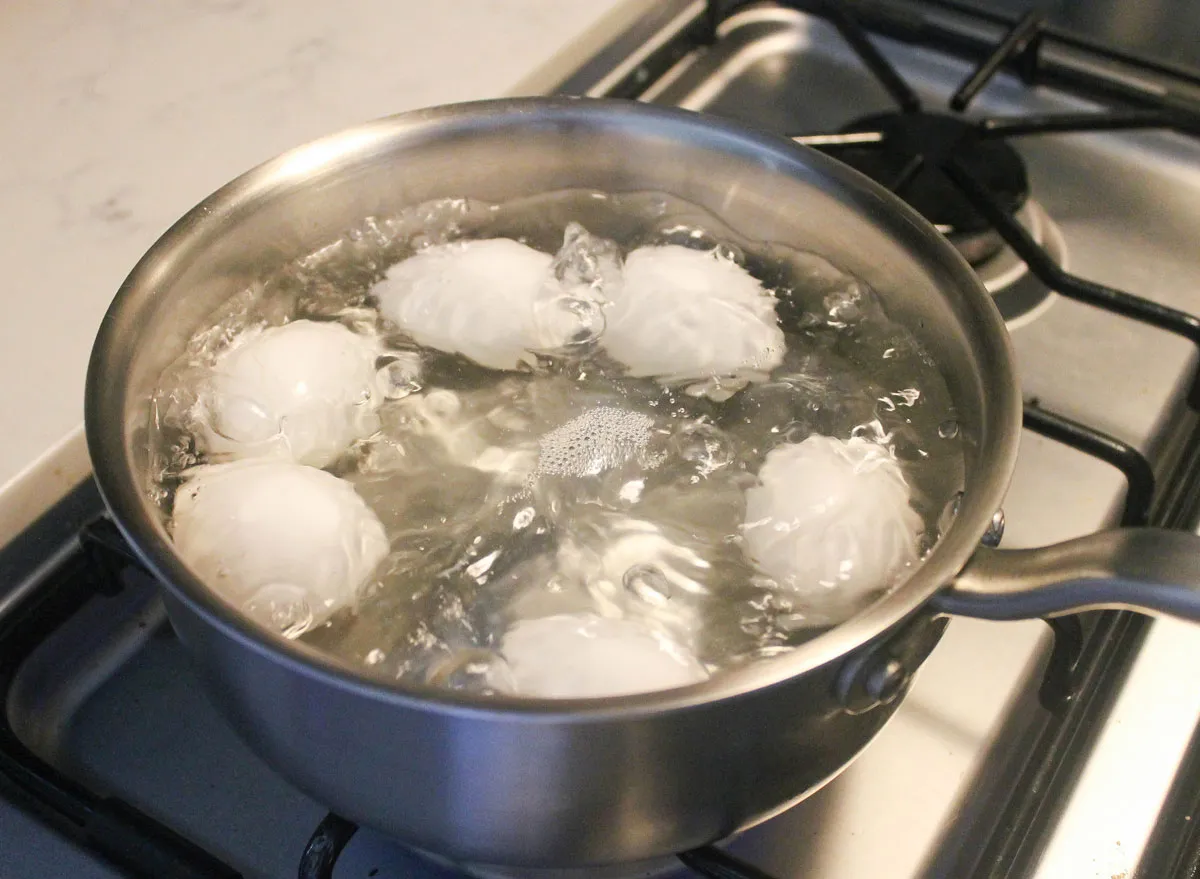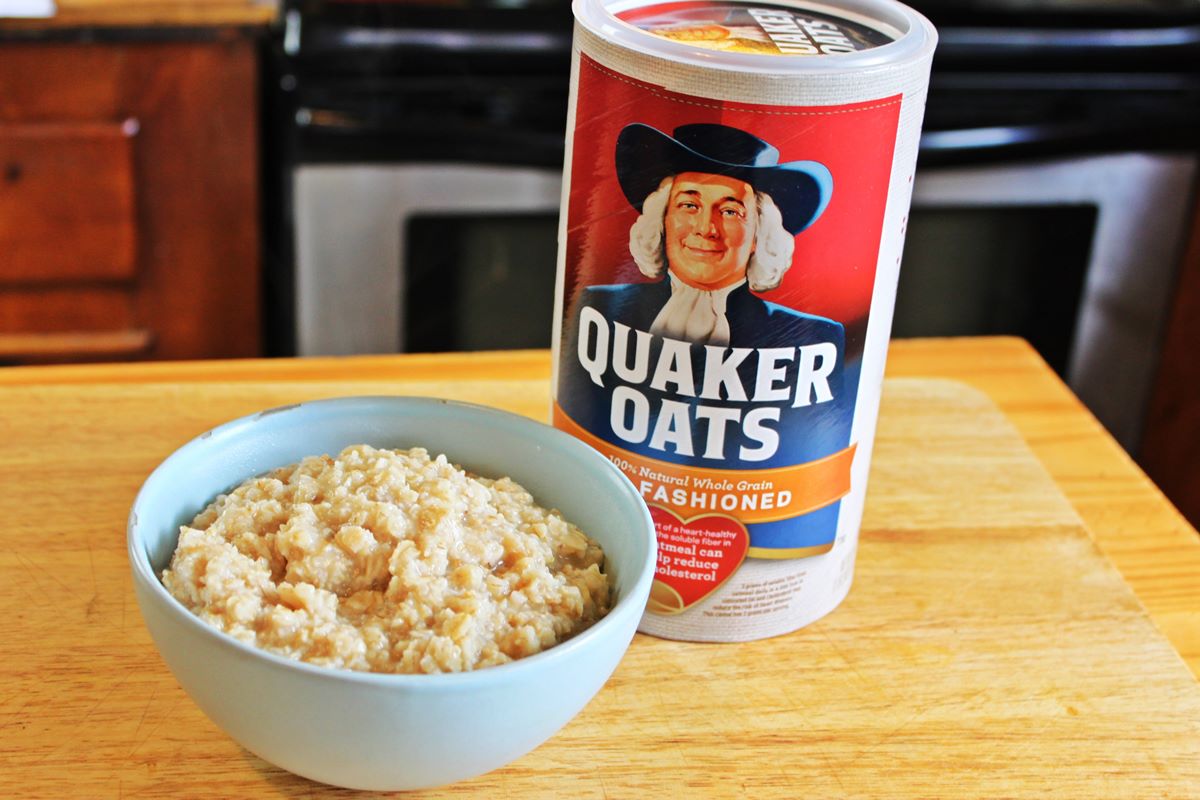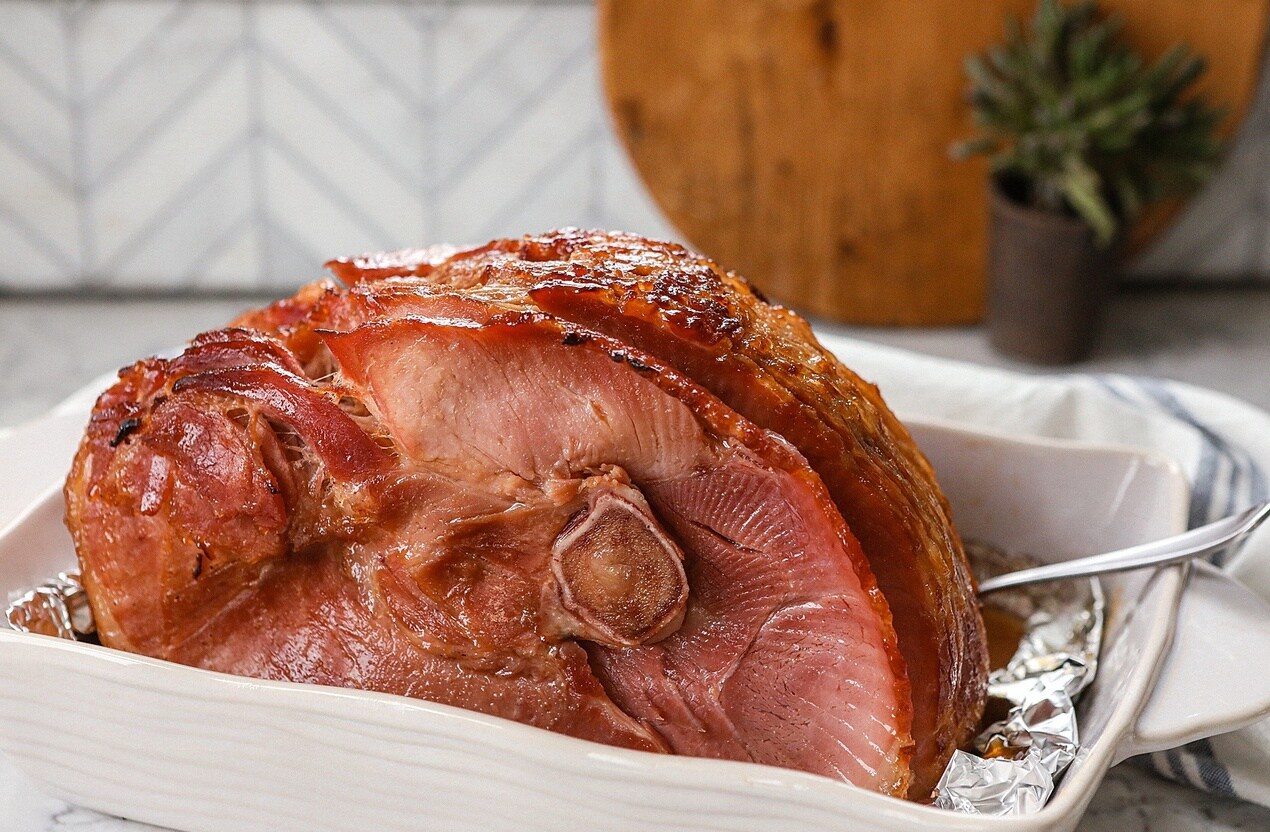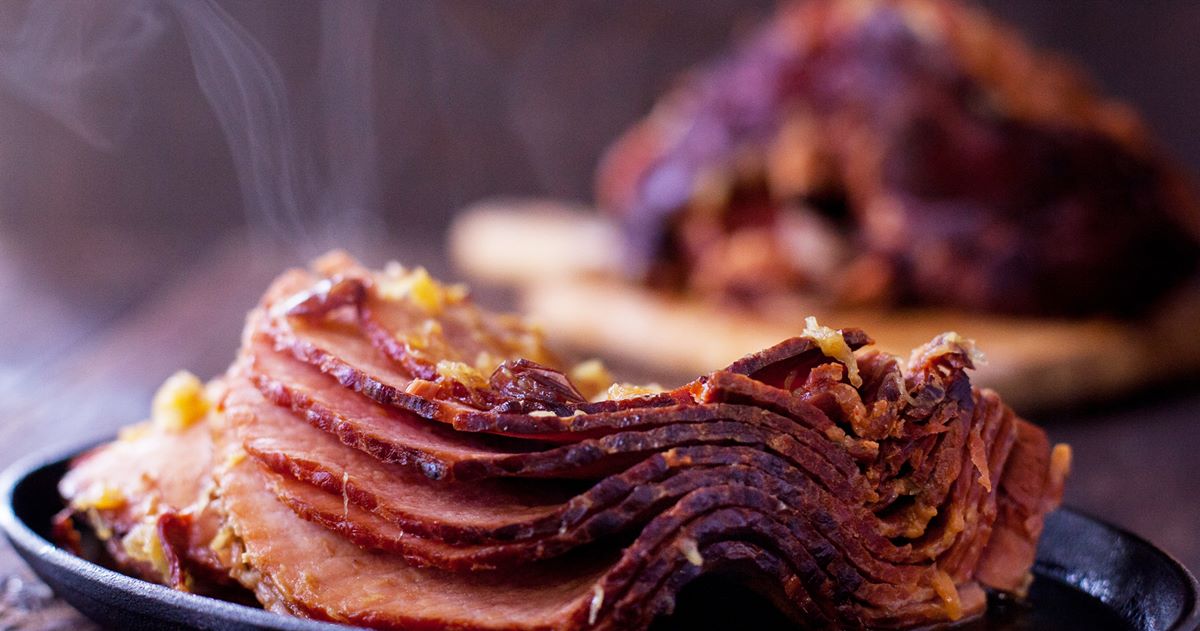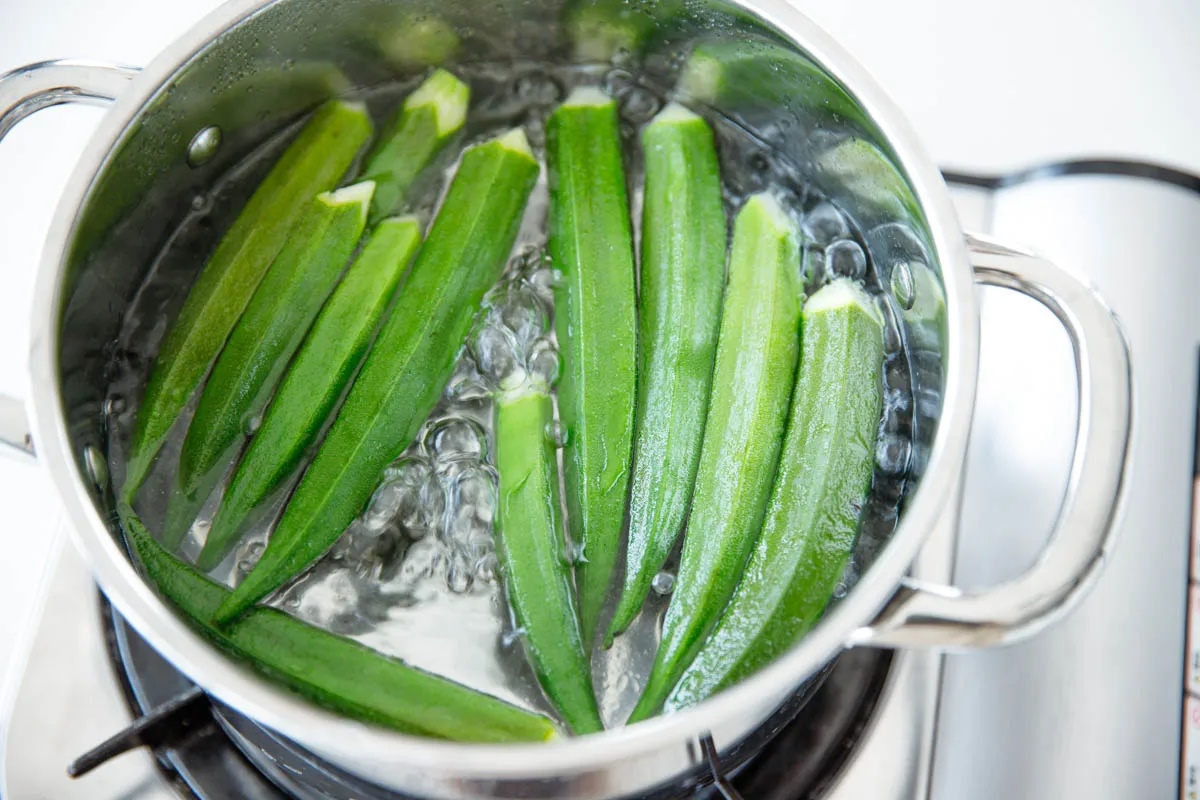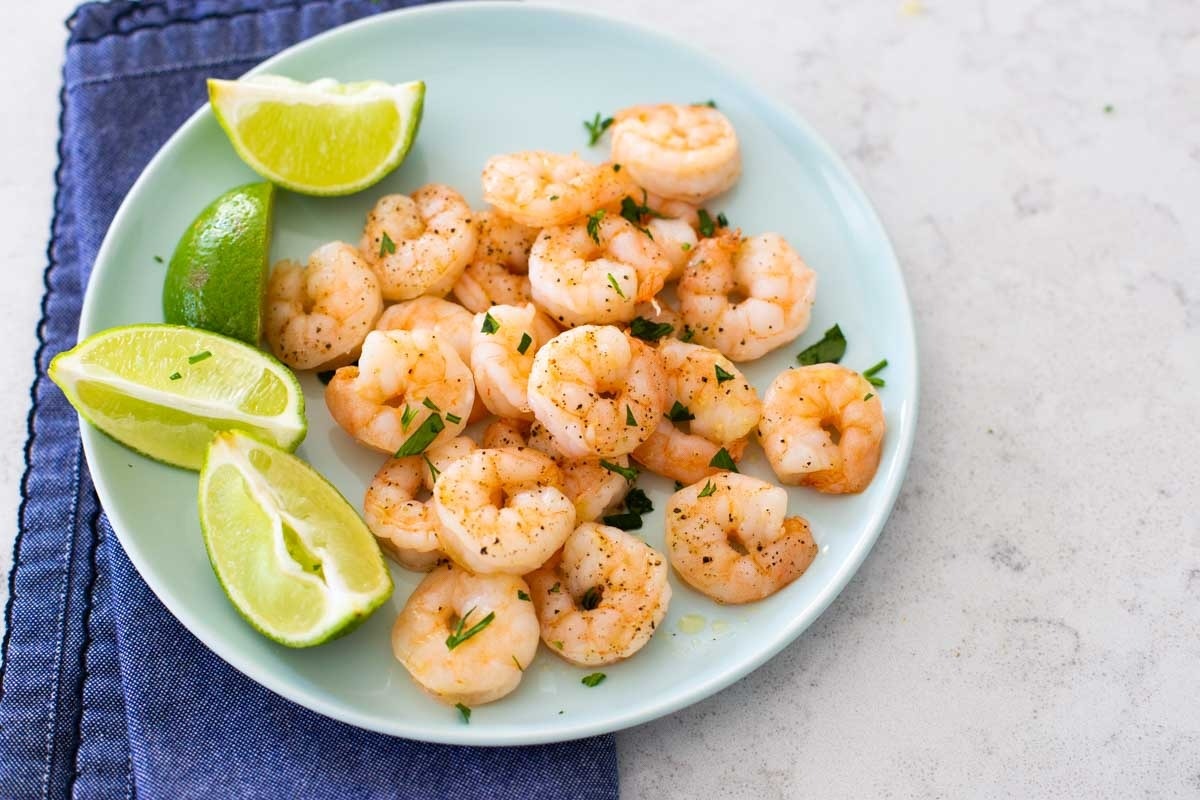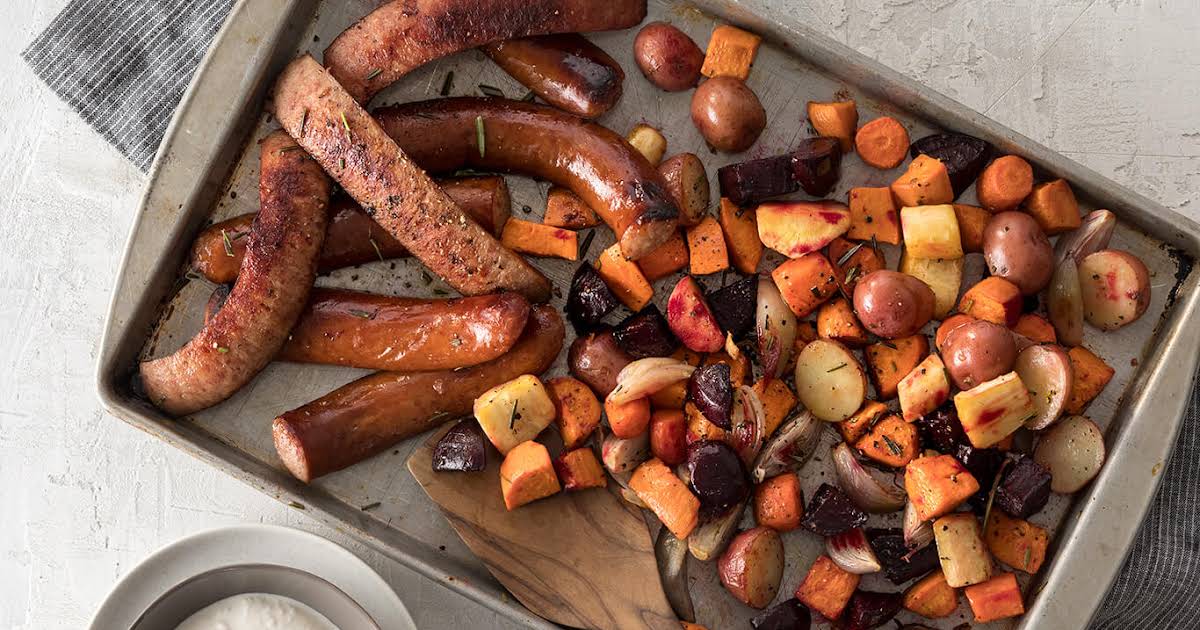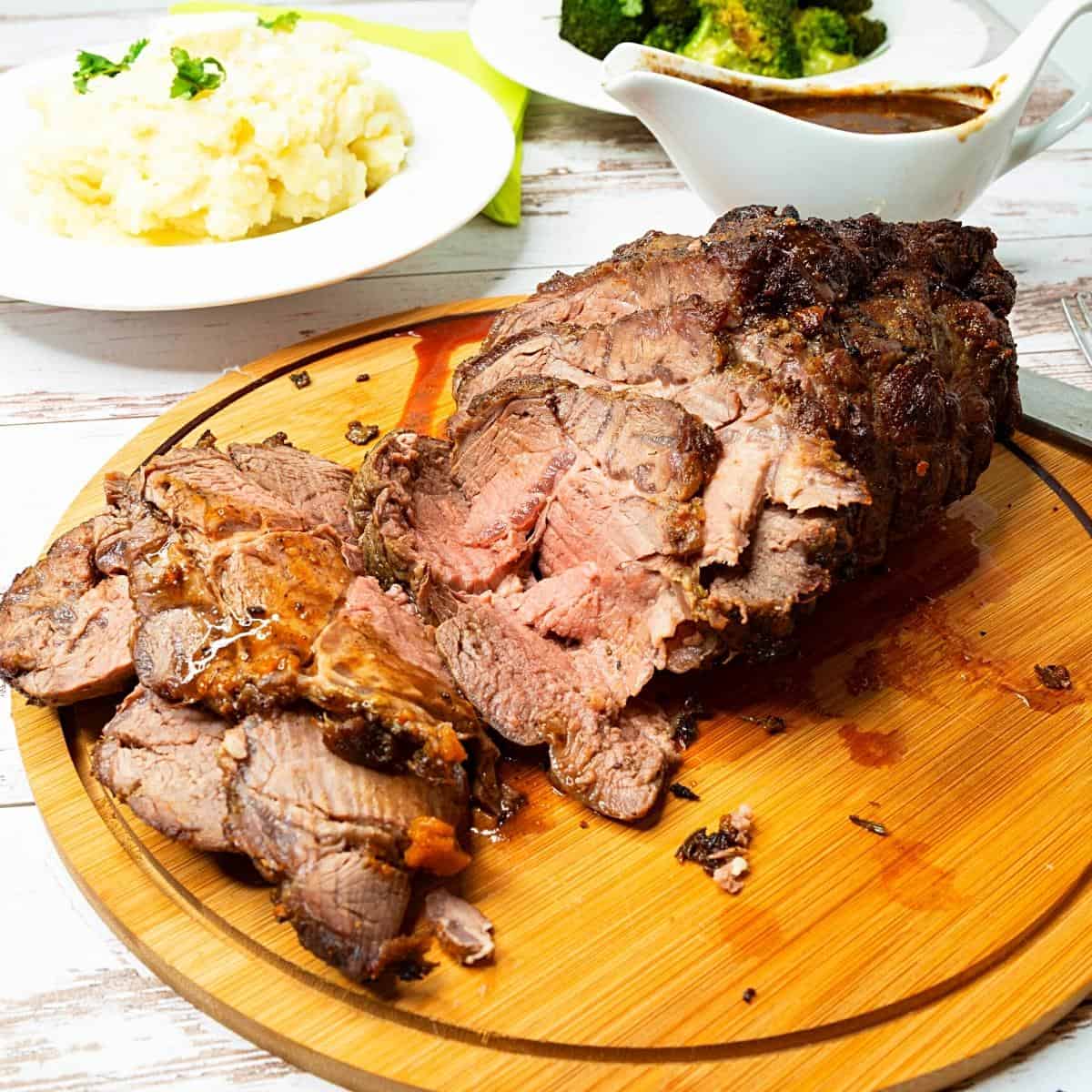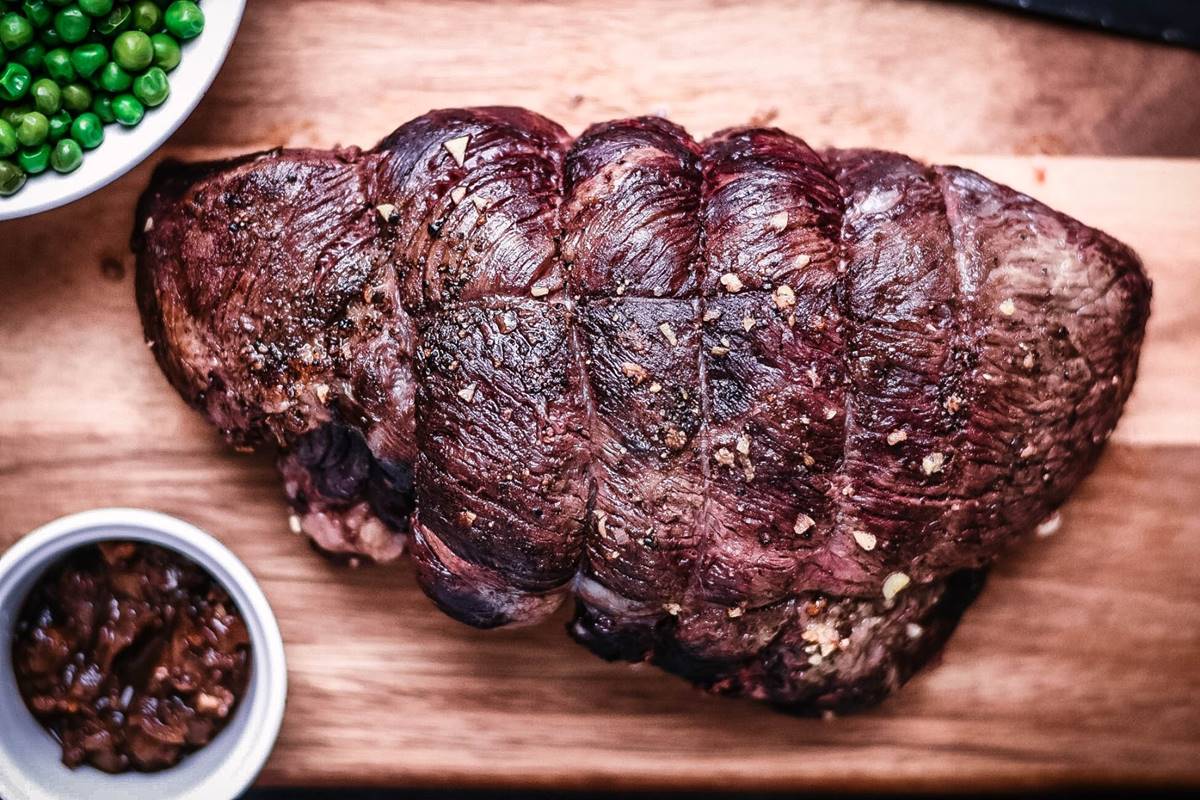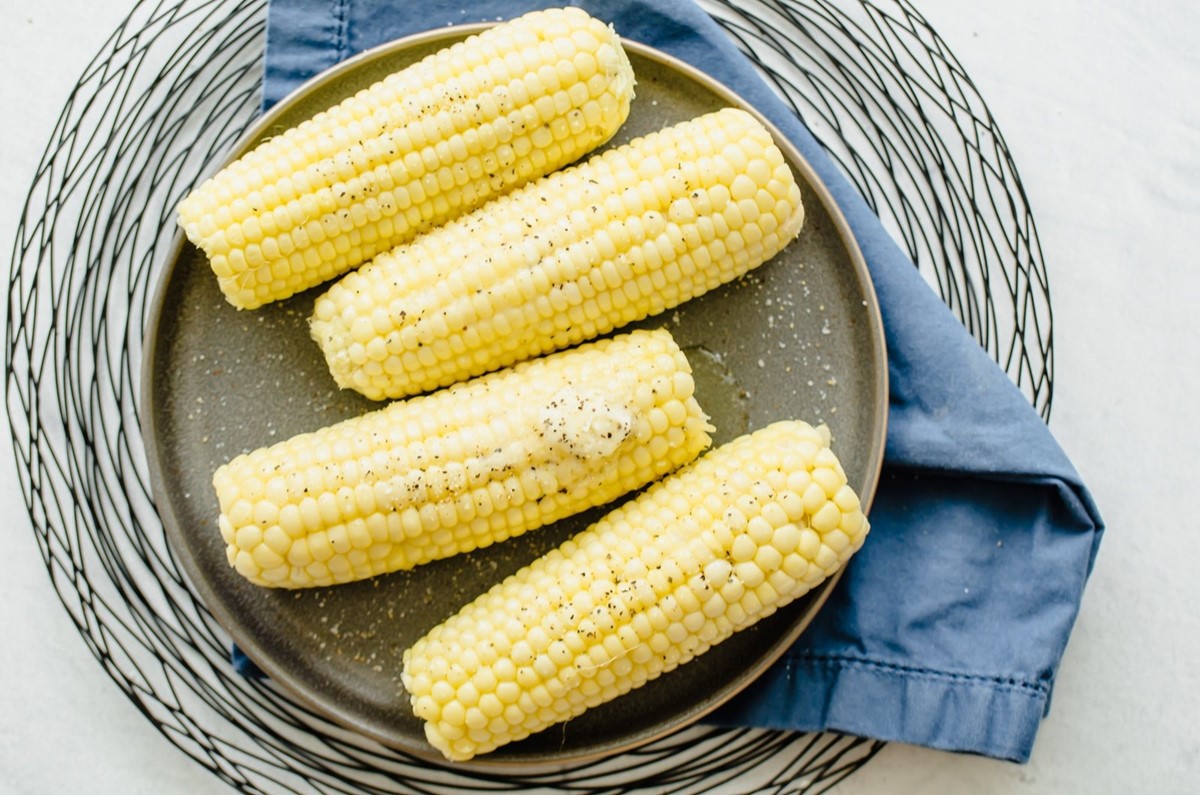How to Achieve Perfectly Crispy Chicken Wings in a Convection Oven
Chicken wings are a popular and mouthwatering dish that can be prepared in various ways. If you’re looking to achieve a crispy outer coating while keeping the meat tender and juicy, cooking them in a convection oven is your best bet. Convection ovens use circulating hot air to cook food evenly and quickly, giving your chicken wings that irresistible crunchy texture. Follow these simple steps to become a convection oven chicken wing expert!
Ingredients:
- 2 pounds of chicken wings
- 2 tablespoons of olive oil
- 1 teaspoon of salt
- 1 teaspoon of black pepper
- 1 teaspoon of garlic powder
- 1 teaspoon of paprika
- Optional: your favorite wing sauce
Instructions:
- Preheat your convection oven: Set the temperature to 400°F (200°C) to ensure a crispy exterior while keeping the inside moist and tender.
- Prepare the chicken wings: Pat the wings dry with a paper towel to remove any excess moisture. This step is crucial for achieving a crispy texture.
- Toss the wings in olive oil and seasonings: In a large bowl, drizzle the wings with olive oil, then sprinkle them with salt, black pepper, garlic powder, and paprika. Use clean hands or a tong to toss the wings until evenly coated.
- Arrange the wings on a baking sheet: Line a baking sheet with parchment paper or aluminum foil for easy cleanup. Place the wings in a single layer, leaving some space between them to allow for optimal airflow.
- Cook the wings: Place the baking sheet in the preheated convection oven and let the wings cook for approximately 25-30 minutes. Halfway through, flip the wings over to ensure even browning.
- Optional: Add your favorite wing sauce: Once the wings are cooked, you can toss them in your favorite wing sauce, whether it’s tangy buffalo, honey barbecue, or a zesty garlic parmesan. Make sure the wings are well coated for maximum flavor.
- Enjoy your crispy chicken wings: Serve your perfectly cooked chicken wings hot as an appetizer, snack, or main course. Pair them with celery sticks, carrot sticks, and a creamy dip for a complete and satisfying meal.
With the help of a convection oven, you can easily achieve restaurant-quality chicken wings right in the comfort of your own home. So, gather your ingredients, preheat that oven, and get ready to enjoy some crispy, flavorful chicken wings that will leave you and your guests asking for more!
More Delicious Chicken Wing Recipes to Try in Your Convection Oven
Now that you've mastered the art of cooking chicken wings in a convection oven, it's time to experiment with a variety of tantalizing flavors. From the sweet and tangy kick of Honey BBQ Wings Delight to the rich and creamy Garlic Parm Wings Magic, there's a multitude of recipes to enhance your cooking repertoire. For those who enjoy a zesty twist, the Lemon Pepper Wings Zest comes highly recommended. Why not venture into international cuisine with Korean BBQ Wings Adventure or spice things up with Buffalo Wings Spice? Each recipe offers a unique taste experience that promises to impress at any dining occasion.
Was this page helpful?
Read Next: How To Cook Striped Bass In The Oven
